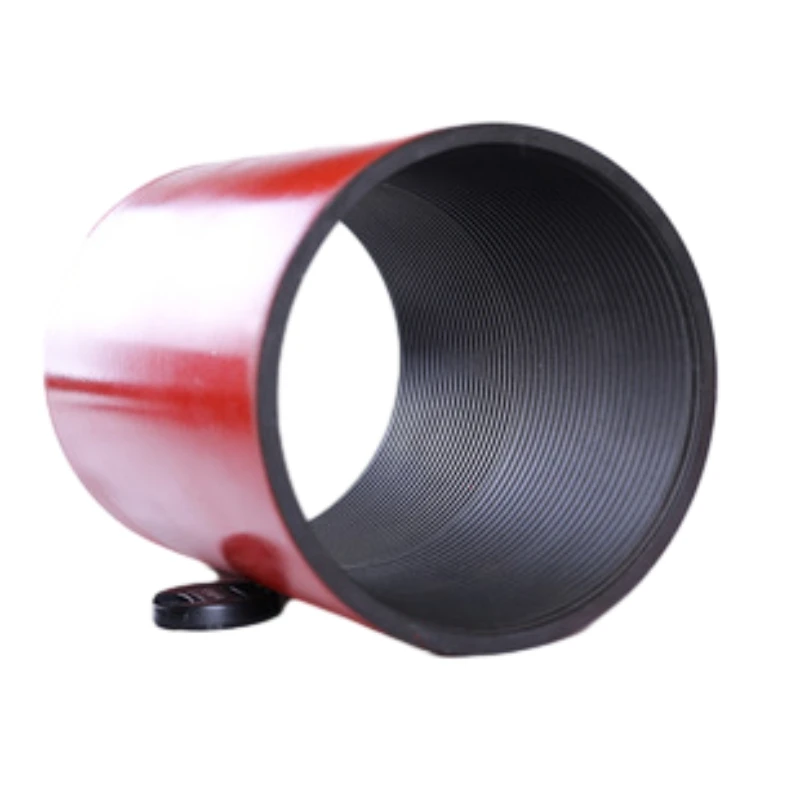- Afrikaans
- Albanian
- Amharic
- Arabic
- Armenian
- Azerbaijani
- Basque
- Belarusian
- Bengali
- Bosnian
- Bulgarian
- Catalan
- Cebuano
- Corsican
- Croatian
- Czech
- Danish
- Dutch
- English
- Esperanto
- Estonian
- Finnish
- French
- Frisian
- Galician
- Georgian
- German
- Greek
- Gujarati
- Haitian Creole
- hausa
- hawaiian
- Hebrew
- Hindi
- Miao
- Hungarian
- Icelandic
- igbo
- Indonesian
- irish
- Italian
- Japanese
- Javanese
- Kannada
- kazakh
- Khmer
- Rwandese
- Korean
- Kurdish
- Kyrgyz
- Lao
- Latin
- Latvian
- Lithuanian
- Luxembourgish
- Macedonian
- Malgashi
- Malay
- Malayalam
- Maltese
- Maori
- Marathi
- Mongolian
- Myanmar
- Nepali
- Norwegian
- Norwegian
- Occitan
- Pashto
- Persian
- Polish
- Portuguese
- Punjabi
- Romanian
- Russian
- Samoan
- Scottish Gaelic
- Serbian
- Sesotho
- Shona
- Sindhi
- Sinhala
- Slovak
- Slovenian
- Somali
- Spanish
- Sundanese
- Swahili
- Swedish
- Tagalog
- Tajik
- Tamil
- Tatar
- Telugu
- Thai
- Turkish
- Turkmen
- Ukrainian
- Urdu
- Uighur
- Uzbek
- Vietnamese
- Welsh
- Bantu
- Yiddish
- Yoruba
- Zulu
Stainless Steel Pipe Couplings for Durable and Reliable Connections in Various Applications
The Importance of Pipe Coupling in Stainless Steel Applications
In the world of piping and plumbing, the importance of quality fittings cannot be overstated. Among these fittings, pipe couplings play a crucial role in connecting two sections of pipe, ensuring the efficient flow of fluids while maintaining the structural integrity of the whole system. When it comes to durability, corrosion resistance, and overall performance, stainless steel pipe couplings stand out as one of the best materials available on the market.
What is a Pipe Coupling?
A pipe coupling is a hygienic fitting that connects two lengths of pipe, allowing them to function as a single unit. Generally designed to be easily installed or removed, couplings can either be permanent or temporary. They come in various shapes and sizes to accommodate diverse piping systems—both industrial and residential. The choice of material for a coupling is critical, as it affects not only the longevity of the connection but also the efficiency of the entire piping setup.
Advantages of Stainless Steel Pipe Couplings
Stainless steel is widely preferred for pipe couplings due to its numerous benefits. Firstly, its resistance to corrosion makes it an ideal choice for both water and gas systems. Unlike other materials such as cast iron or carbon steel, stainless steel does not rust, which means it can maintain its integrity even when exposed to harsh environmental conditions. This property is particularly advantageous in industries such as food processing, pharmaceuticals, and wastewater management, where hygiene and safety are paramount.
Moreover, stainless steel pipe couplings offer exceptional strength. They can withstand high pressure and temperature fluctuations, making them suitable for a range of applications, including those that involve steam or high-pressure gases. The robustness of stainless steel ensures that the couplings will not fail under demanding conditions, providing peace of mind for system operators.
Another significant advantage is the aesthetic appeal of stainless steel. Its shiny, polished surface is not only visually attractive but also easy to clean and maintain, which is particularly important in sanitary applications. This attribute can enhance the overall look of a piping system, contributing to a professional image, particularly in visible areas such as restaurants or public facilities.
Types of Stainless Steel Pipe Couplings
pipe coupling stainless steel

There are various types of stainless steel pipe couplings available to fit specific needs
. The most common types include1. Socket Weld Couplings These are designed to connect two pipes end-to-end. The pipe is inserted into the coupling and then welded at the joint. This type is excellent for high-pressure applications.
2. Threaded Couplings These allow for easy assembly and disassembly. They feature internal threads that allow pipes to be screwed in, providing a tight seal without the need for welding. However, they are generally not recommended for very high-pressure systems.
3. Compression Couplings These use a compression ring to create a leak-proof connection. They are often used for joining pipes of different diameters or materials.
4. Slip Couplings These are designed to give flexibility in pipe length adjustment. They can slide over the edges of an existing pipe without the need for extensive modifications.
5. Reducing Couplings These allow the joining of two pipes of different diameters, providing a smooth transition from a larger pipe to a smaller one.
Conclusion
In conclusion, stainless steel pipe couplings are an essential component in piping systems, providing reliability, strength, and resistance to corrosion. Their versatility and durability make them suitable for a multitude of applications—from industrial to residential settings. Whether you are involved in construction, plumbing, or any industry that requires fluid transport, investing in quality stainless steel couplings will ensure the long-term efficiency and safety of your piping systems.
-
Tubing Pup Joints: Essential Components for Oil and Gas OperationsNewsJul.10,2025
-
Pup Joints: Essential Components for Reliable Drilling OperationsNewsJul.10,2025
-
Pipe Couplings: Connecting Your World EfficientlyNewsJul.10,2025
-
Mastering Oilfield Operations with Quality Tubing and CasingNewsJul.10,2025
-
High-Quality Casing Couplings for Every NeedNewsJul.10,2025
-
Boost Your Drilling Efficiency with Premium Crossover Tools & Seating NipplesNewsJul.10,2025







